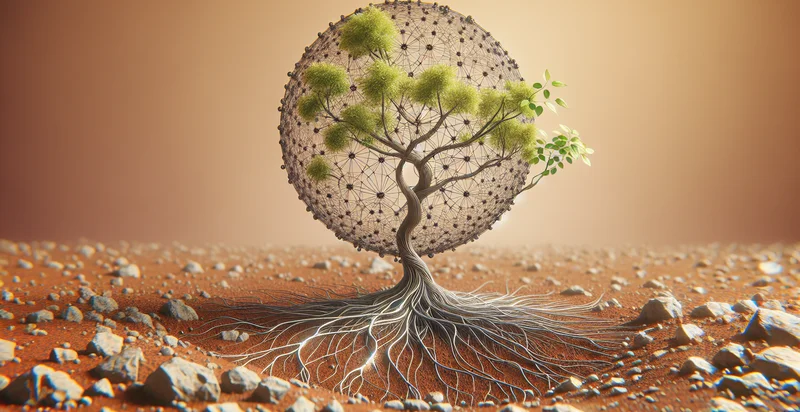Identify ruf models
using AI
Below is a free classifier to identify ruf models. Just upload your image, and our AI will predict if the image contains a cat or not - in just seconds.

Contact us for API access
Or, use Nyckel to build highly-accurate custom classifiers in just minutes. No PhD required.
Get started
import nyckel
credentials = nyckel.Credentials("YOUR_CLIENT_ID", "YOUR_CLIENT_SECRET")
nyckel.invoke("ruf-models", "your_image_url", credentials)
fetch('https://www.nyckel.com/v1/functions/ruf-models/invoke', {
method: 'POST',
headers: {
'Authorization': 'Bearer ' + 'YOUR_BEARER_TOKEN',
'Content-Type': 'application/json',
},
body: JSON.stringify(
{"data": "your_image_url"}
)
})
.then(response => response.json())
.then(data => console.log(data));
curl -X POST \
-H "Content-Type: application/json" \
-H "Authorization: Bearer YOUR_BEARER_TOKEN" \
-d '{"data": "your_image_url"}' \
https://www.nyckel.com/v1/functions/ruf-models/invoke
How this classifier works
To start, upload your image. Our AI tool will then predict if the image contains a cat or not.
This pretrained image model uses a Nyckel-created dataset and has 2 labels, including Dove and Rufus.
We'll also show a confidence score (the higher the number, the more confident the AI model is around if the image contains a cat or not).
Whether you're just curious or building ruf models detection into your application, we hope our classifier proves helpful.
Related Classifiers
Need to identify ruf models at scale?
Get API or Zapier access to this classifier for free. It's perfect for:
- Medical Imaging Analysis: The true image classification function can be utilized to analyze medical images such as MRIs or CT scans. By accurately identifying anomalies, radiologists can make informed diagnoses and enhance patient care.
- Quality Control in Manufacturing: In manufacturing, the function can aid in quality assurance by identifying defects in products during the production process. This allows for prompt corrective actions, reducing waste and ensuring high-quality outputs.
- Retail Inventory Management: Retailers can leverage this classification function to monitor and classify inventory levels through image recognition. This helps in maintaining optimal stock levels, improving supply chain efficiency, and reducing the likelihood of overstock or stockouts.
- Automated Content Moderation: Social media platforms can use the function to identify inappropriate or harmful images posted by users. By automating the moderation process, these platforms can maintain a safe and positive online environment.
- Wildlife Monitoring and Conservation: Conservation organizations can employ image classification to identify and track wildlife through camera traps in various habitats. This aids in studying species populations and behaviors, contributing to effective conservation strategies.
- Agricultural Crop Monitoring: Farmers can use this technology to classify images of crops for health assessment. Early detection of diseases or pests can lead to timely interventions, optimizing yields and reducing the need for pesticides.
- Autonomous Vehicle Object Recognition: In autonomous vehicles, true image classification can be implemented to recognize and classify objects on the road, such as pedestrians, other vehicles, and traffic signs. This enhances the navigation and safety features integral to self-driving technology.


